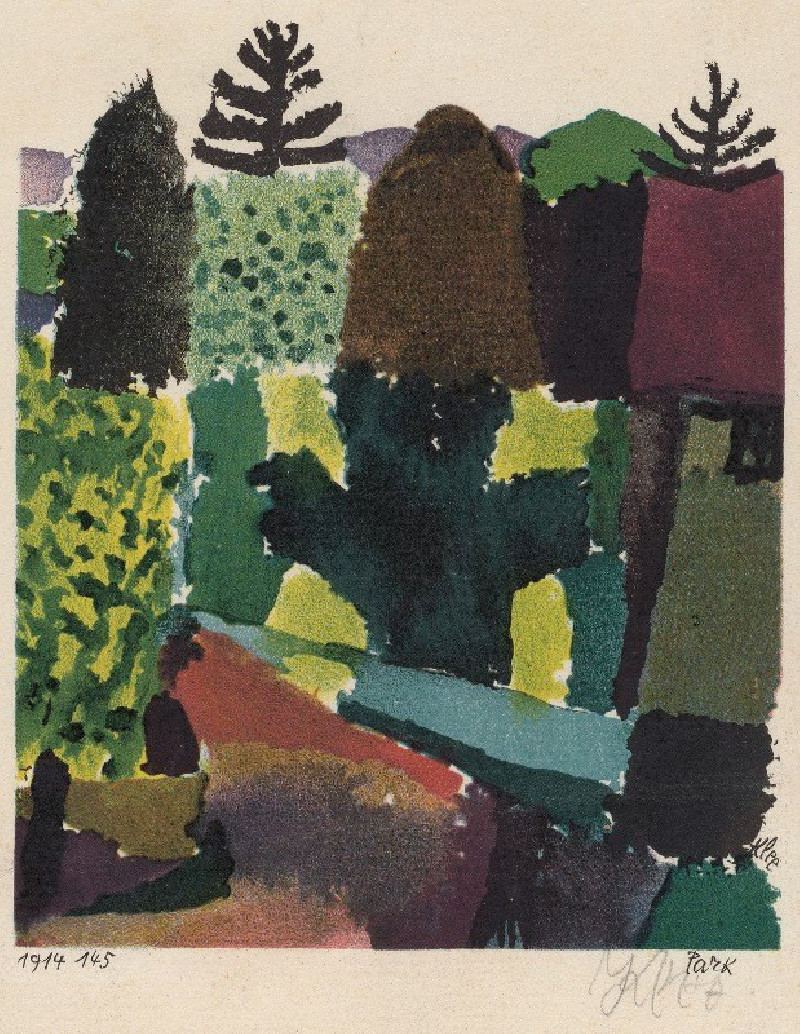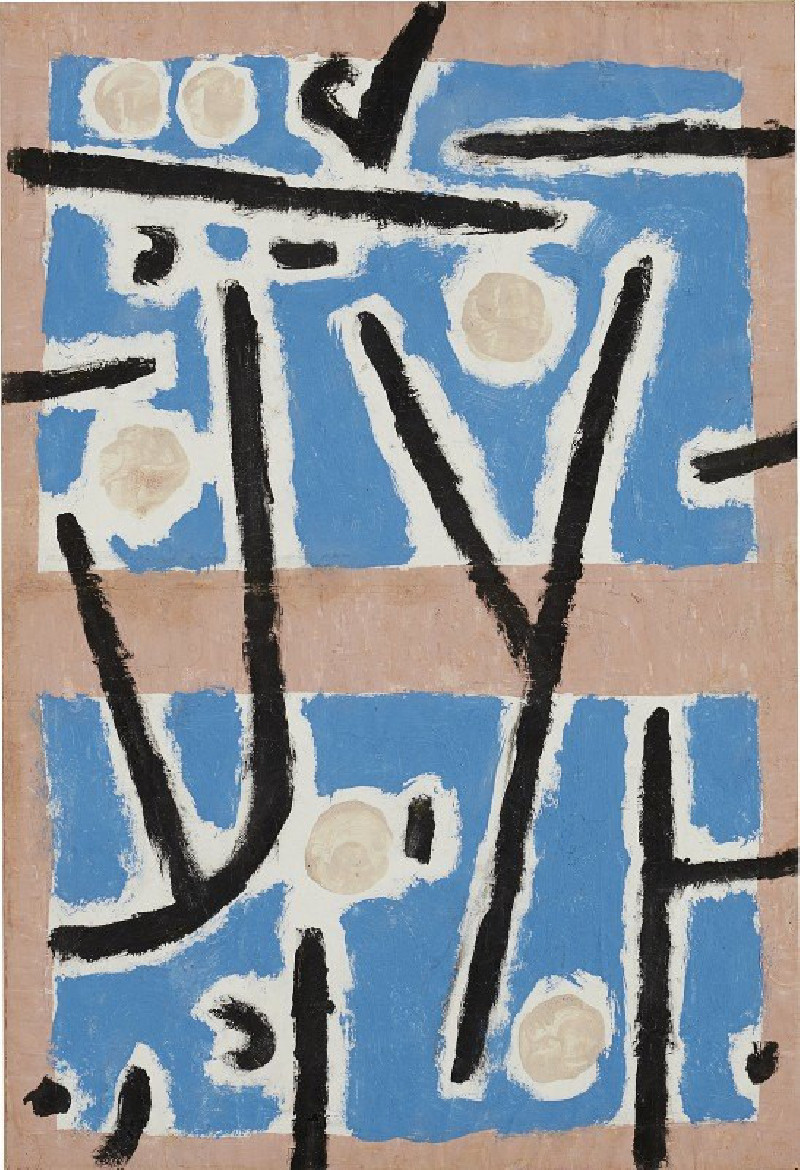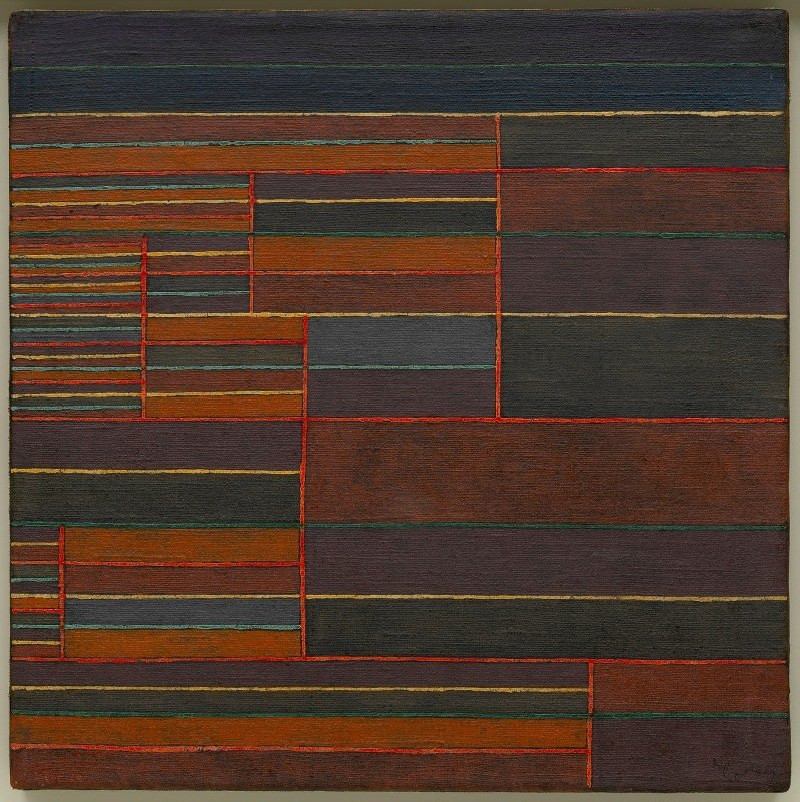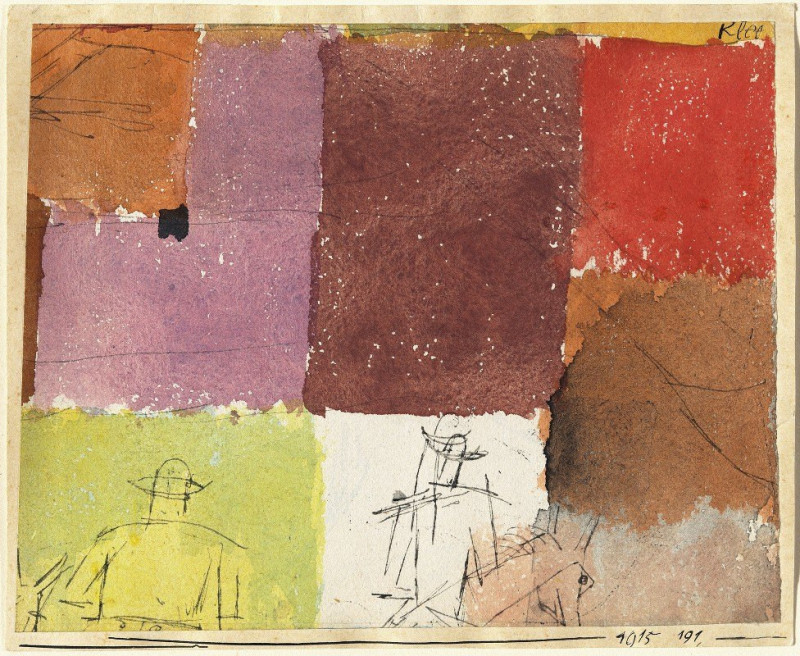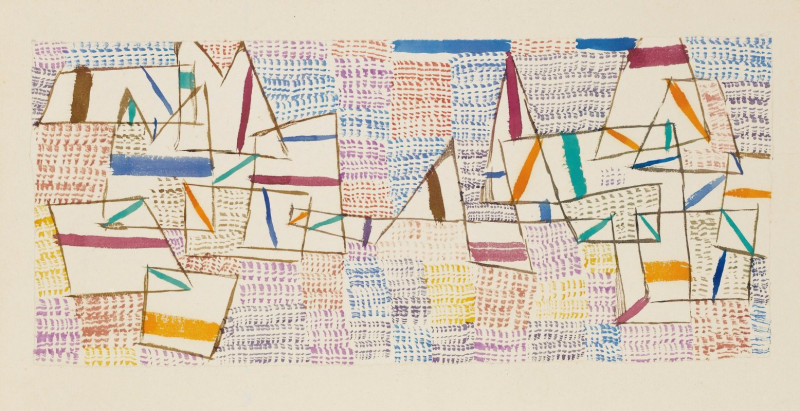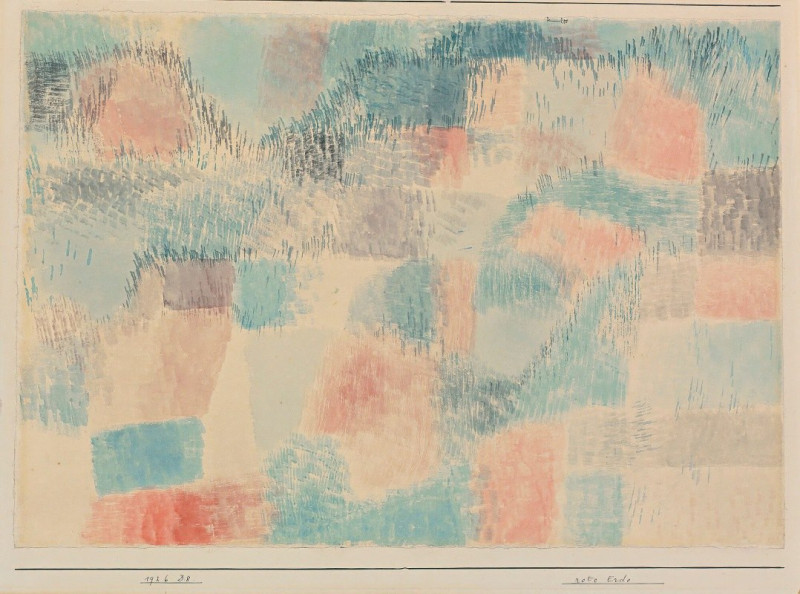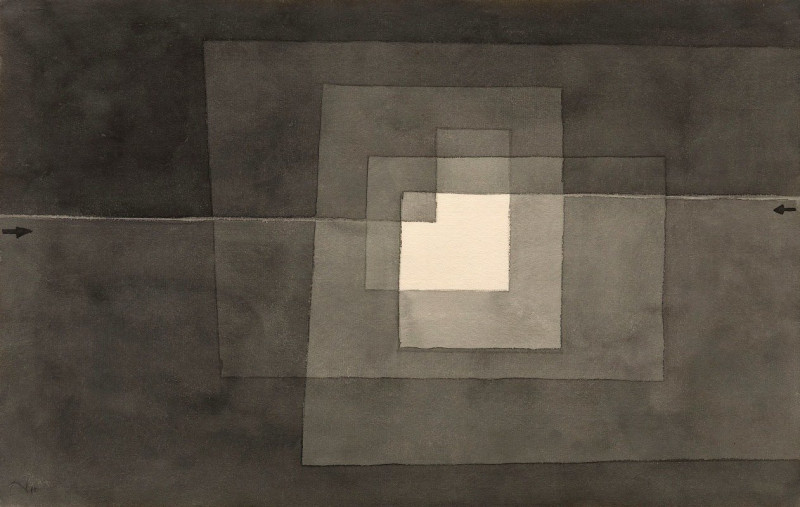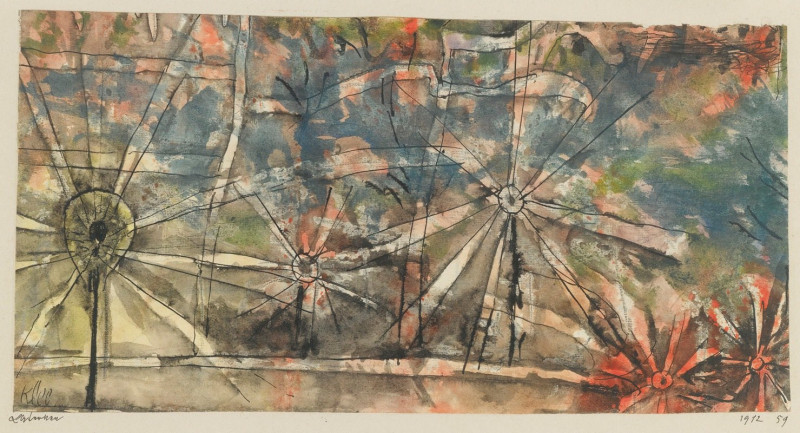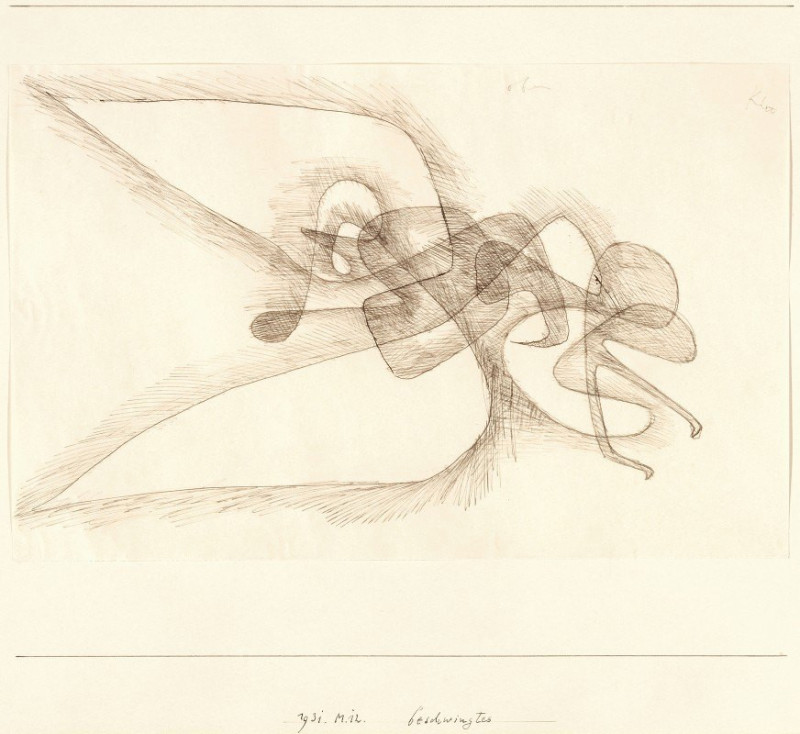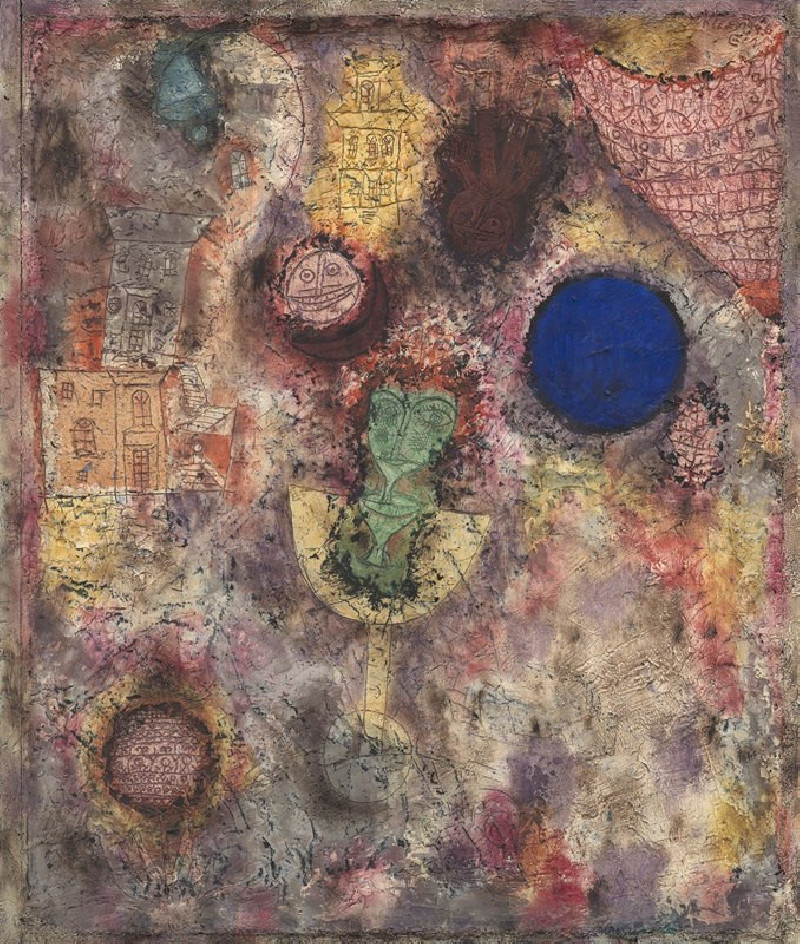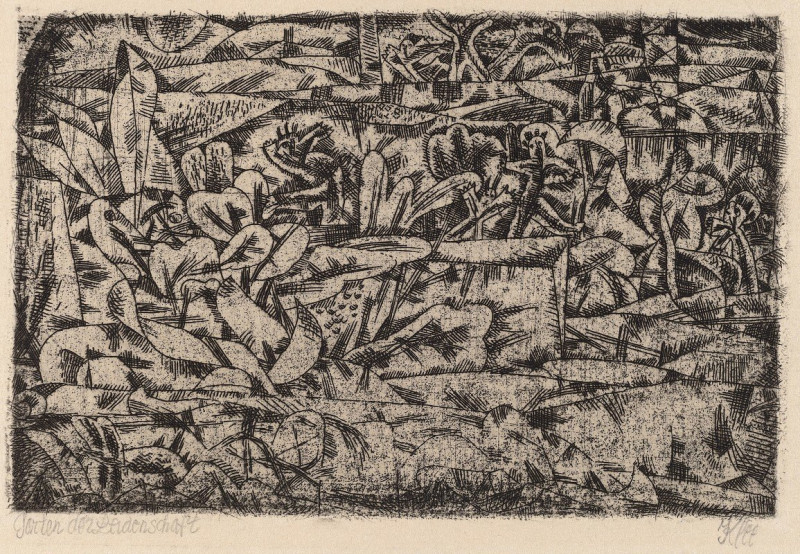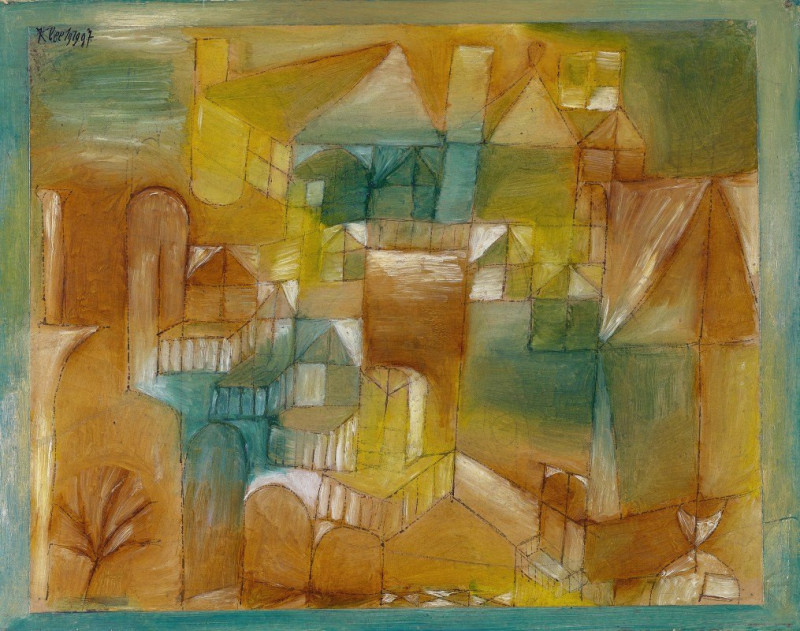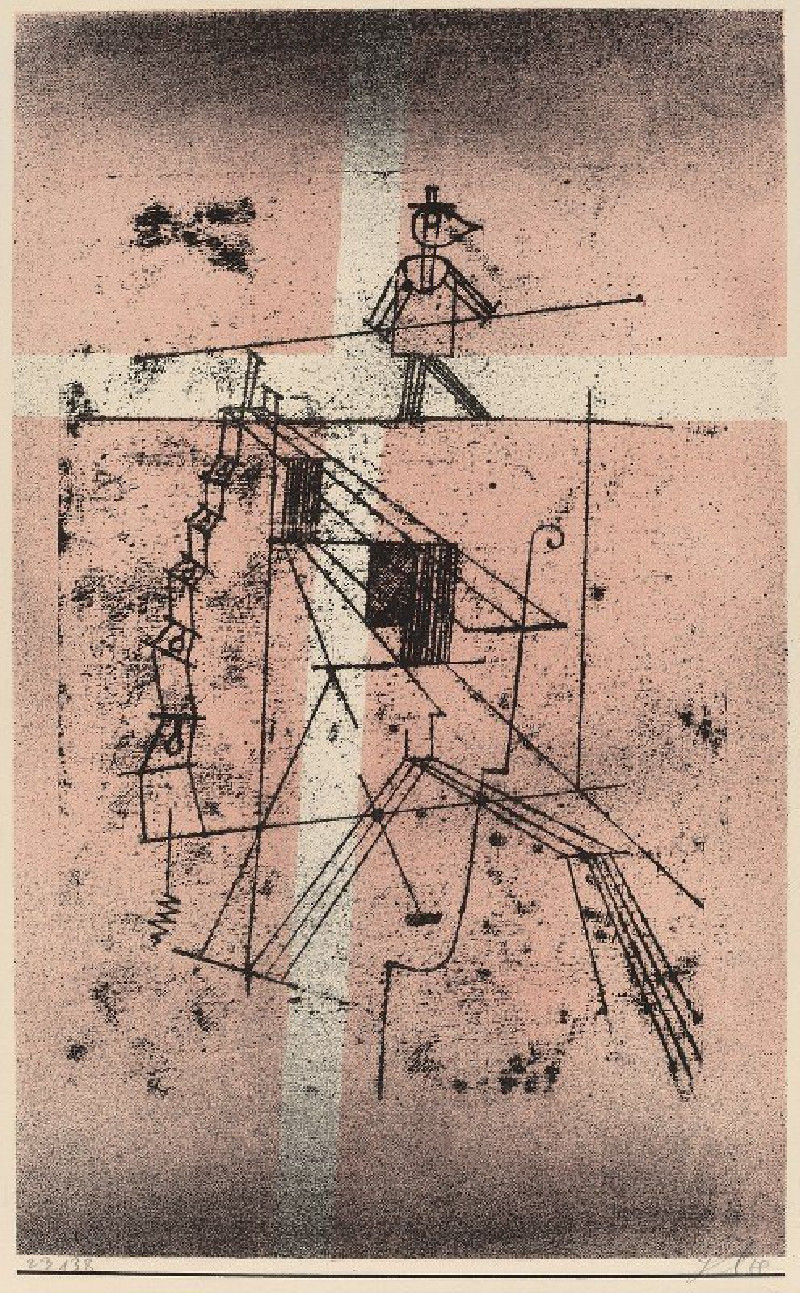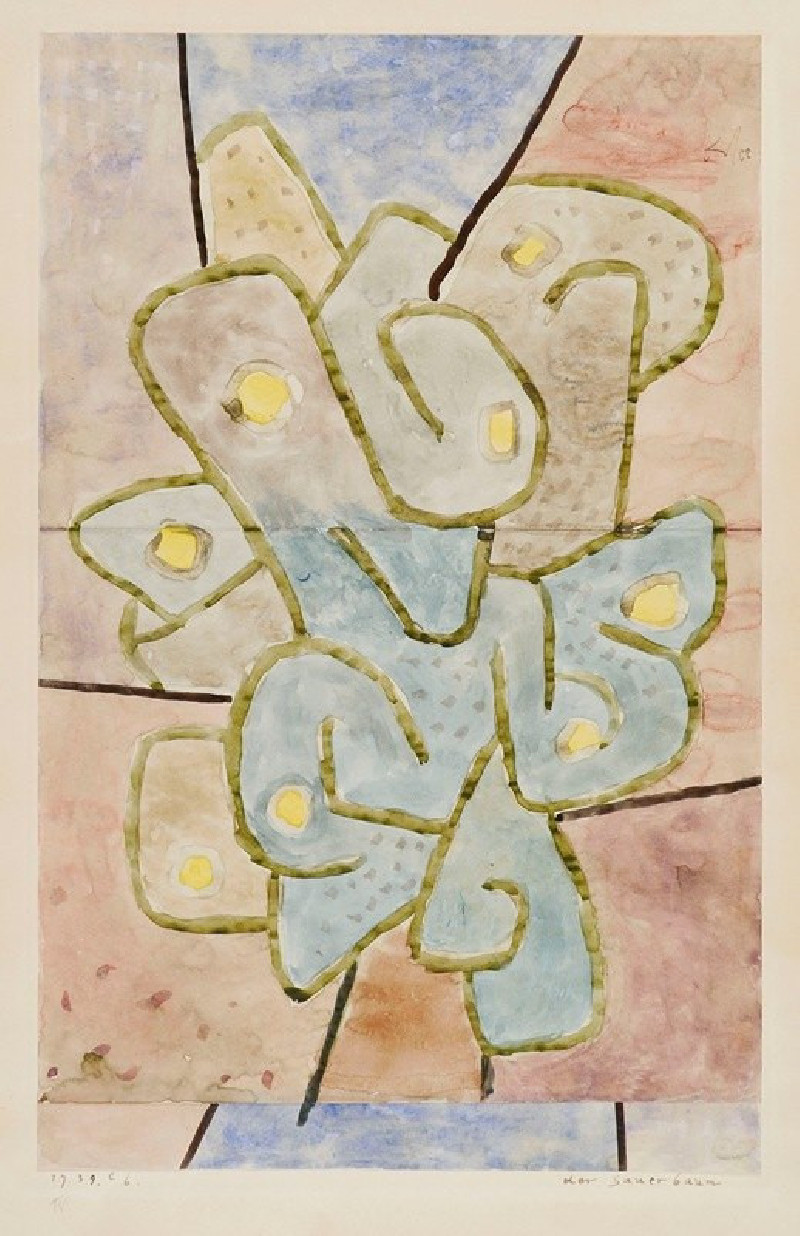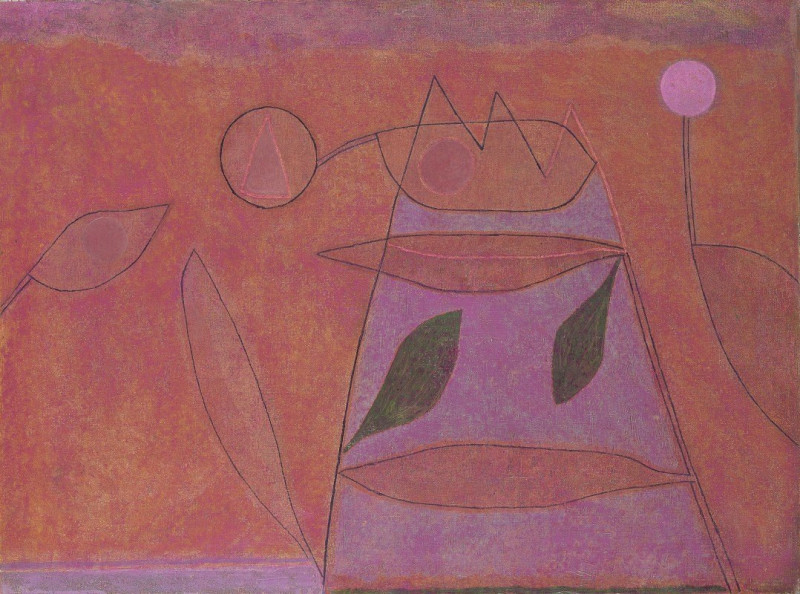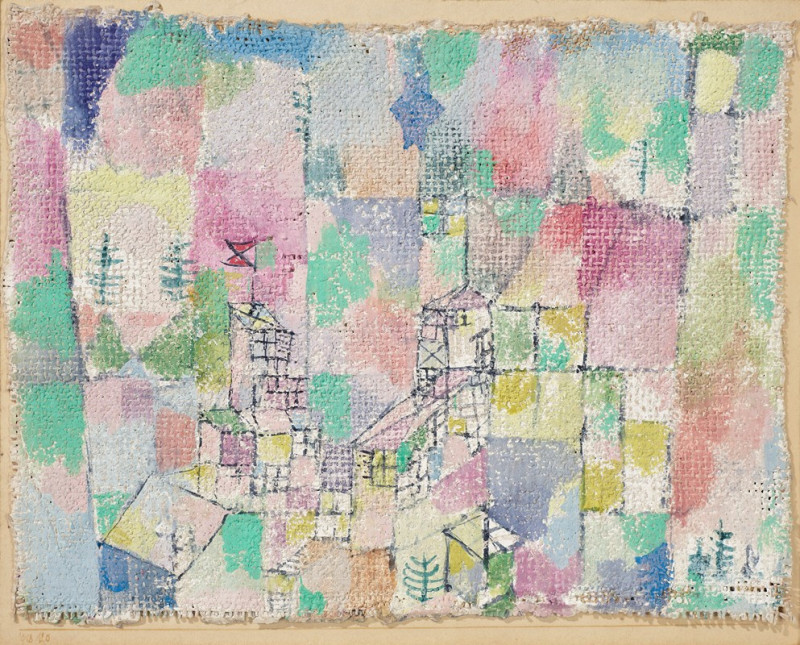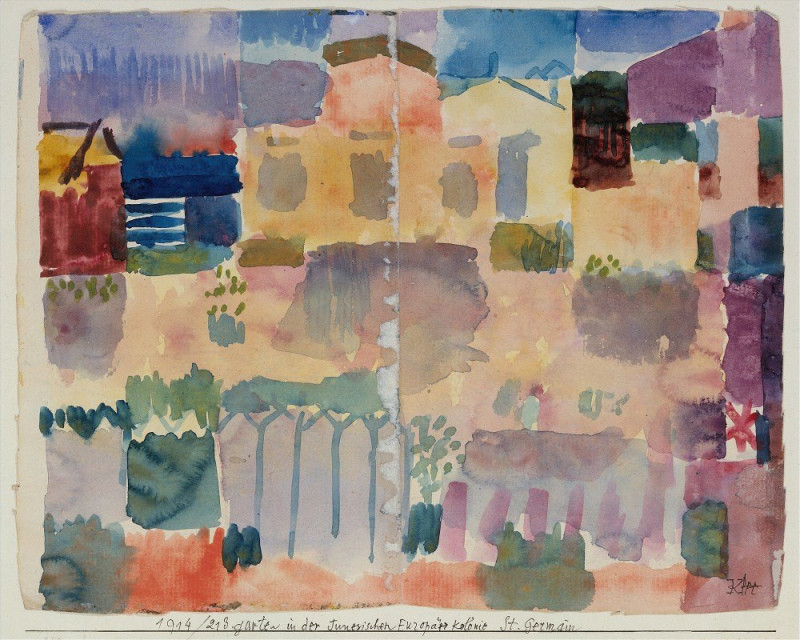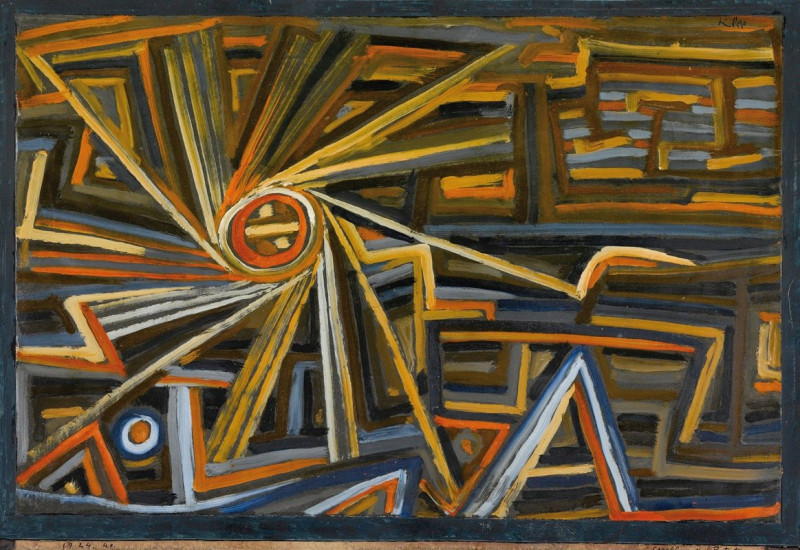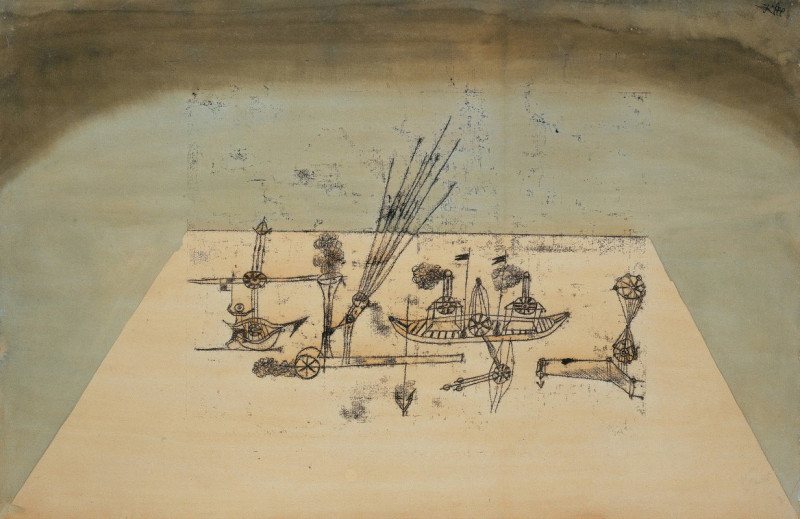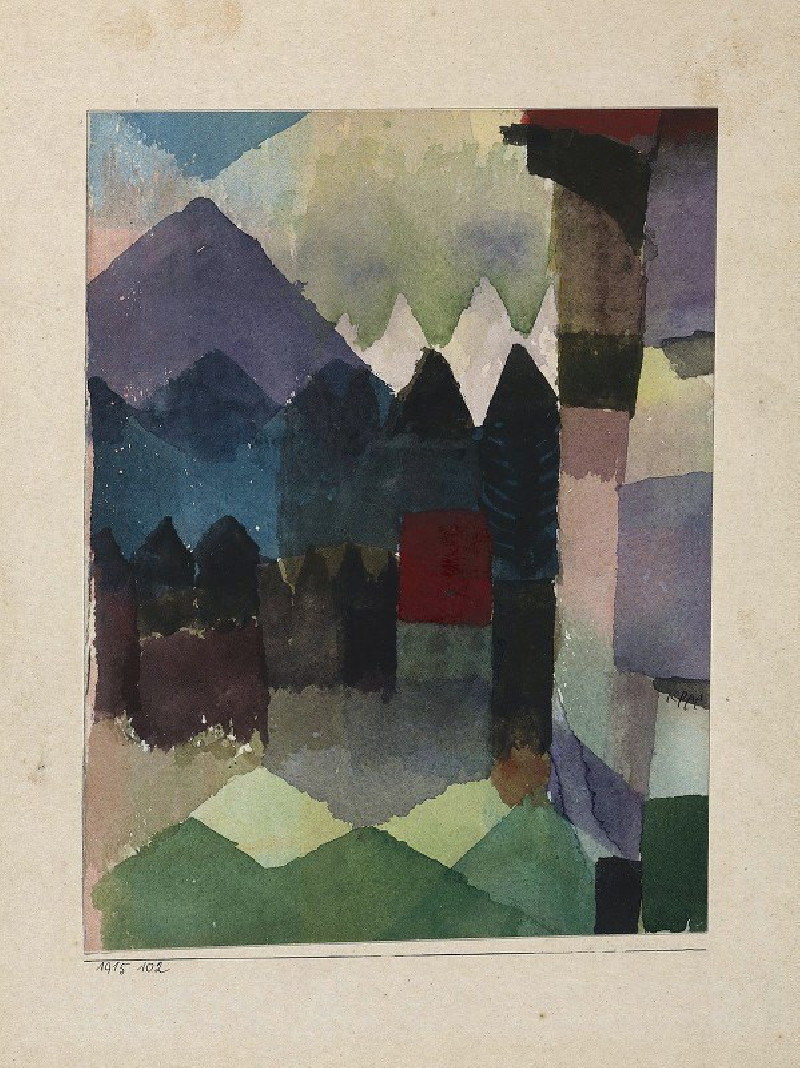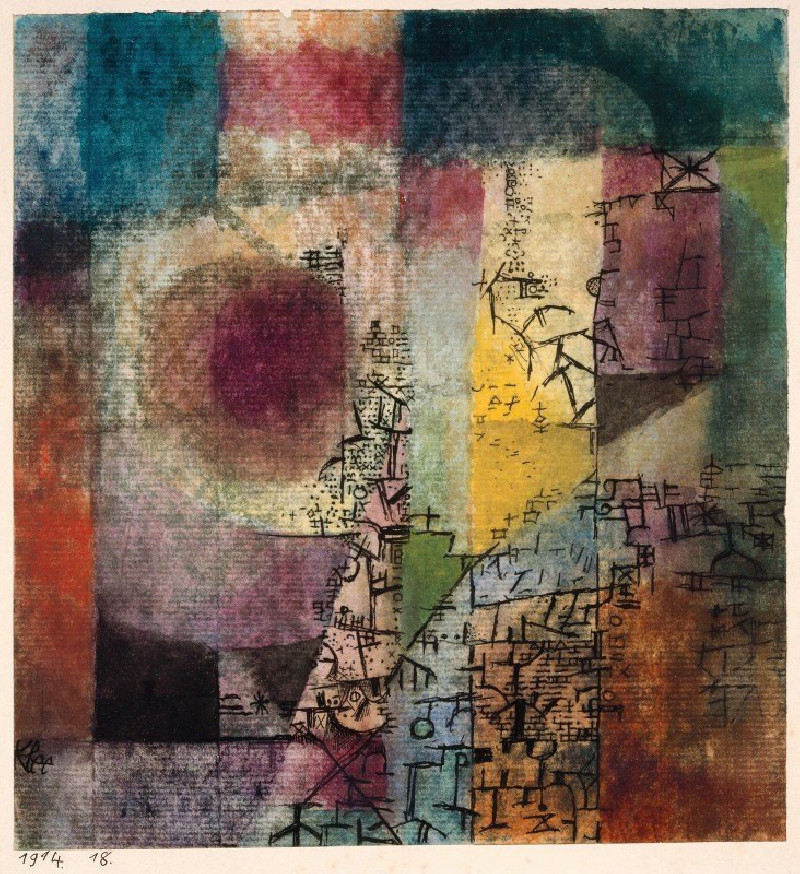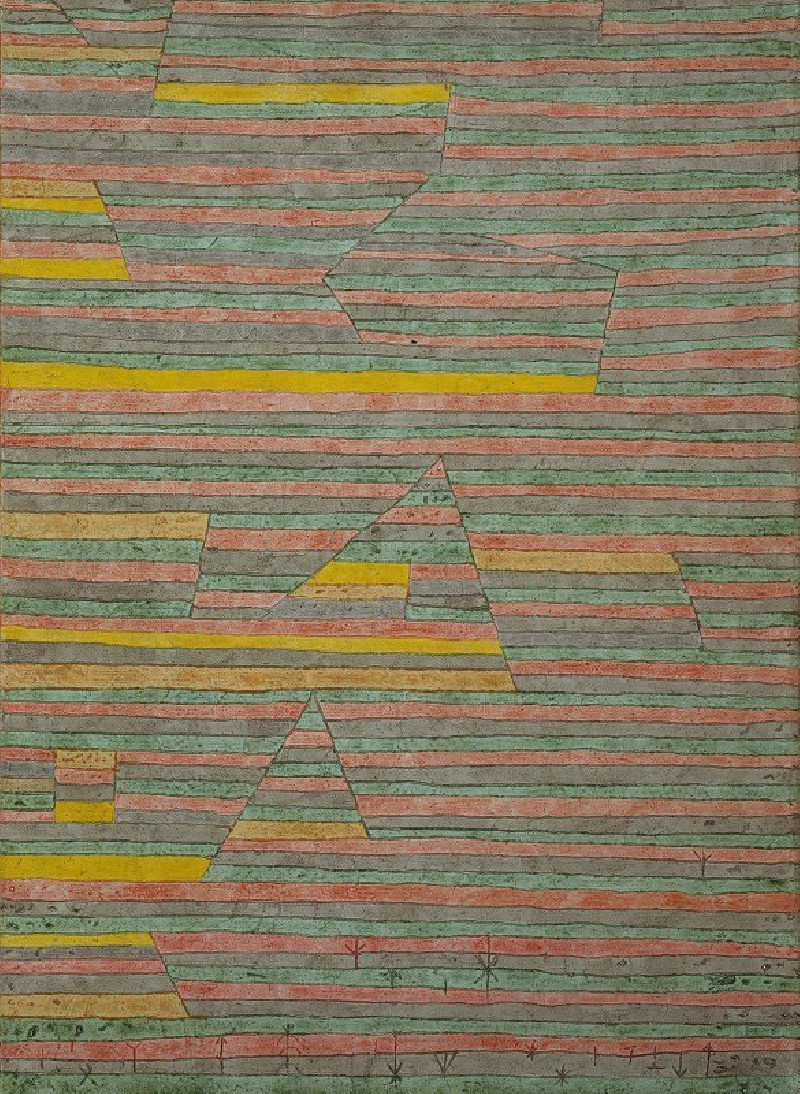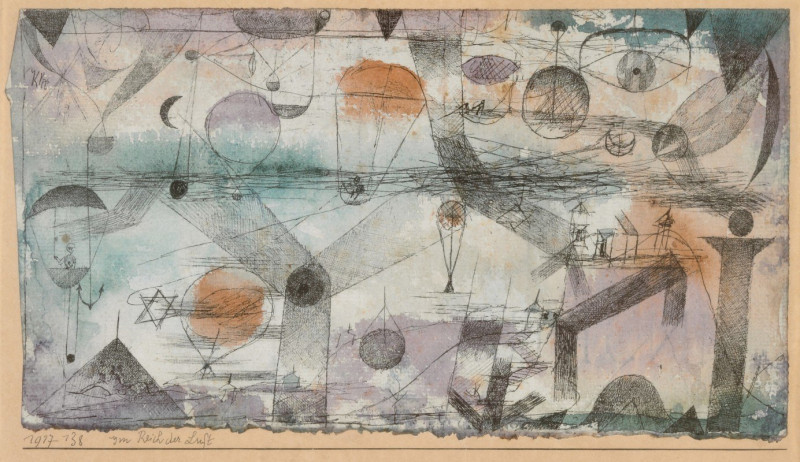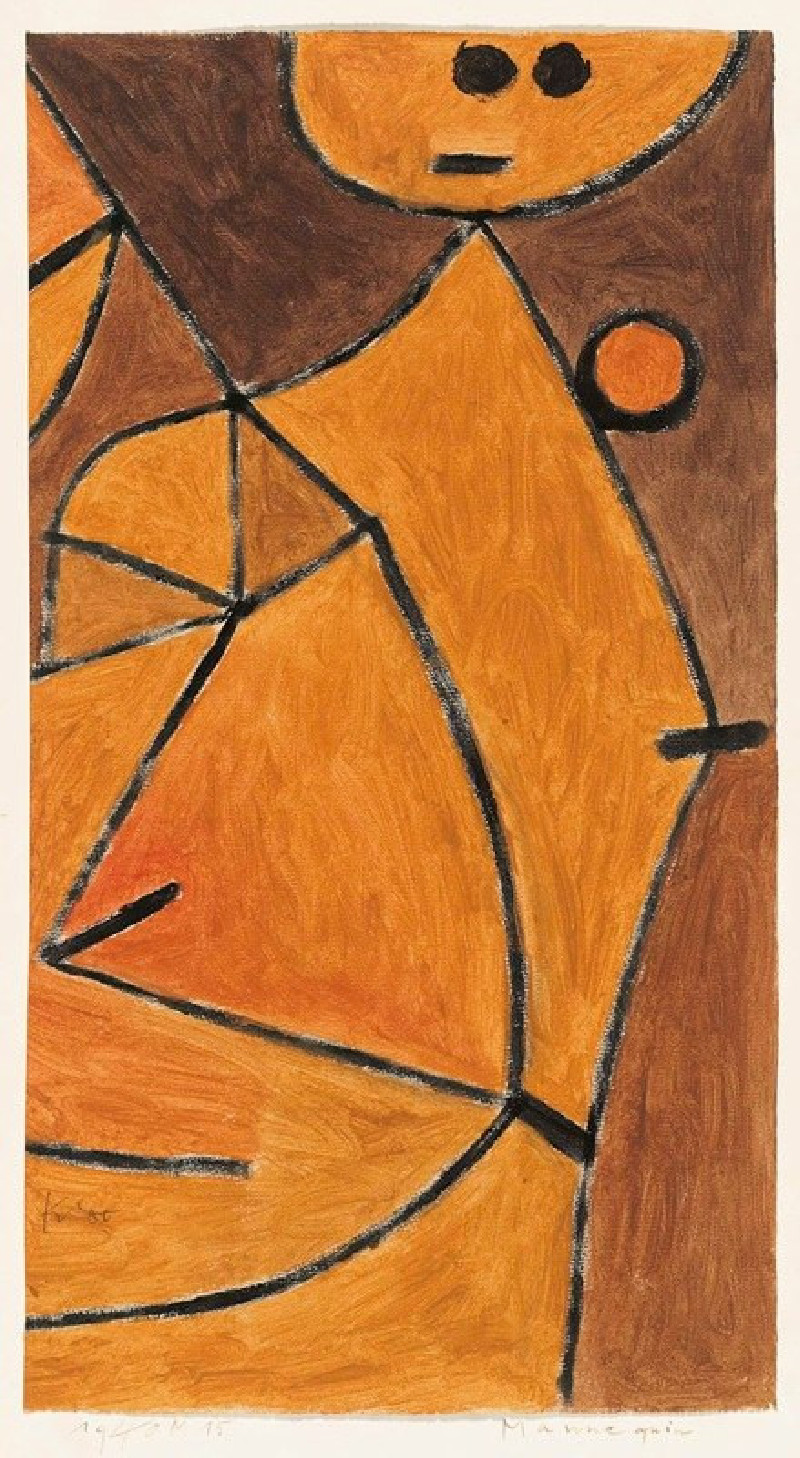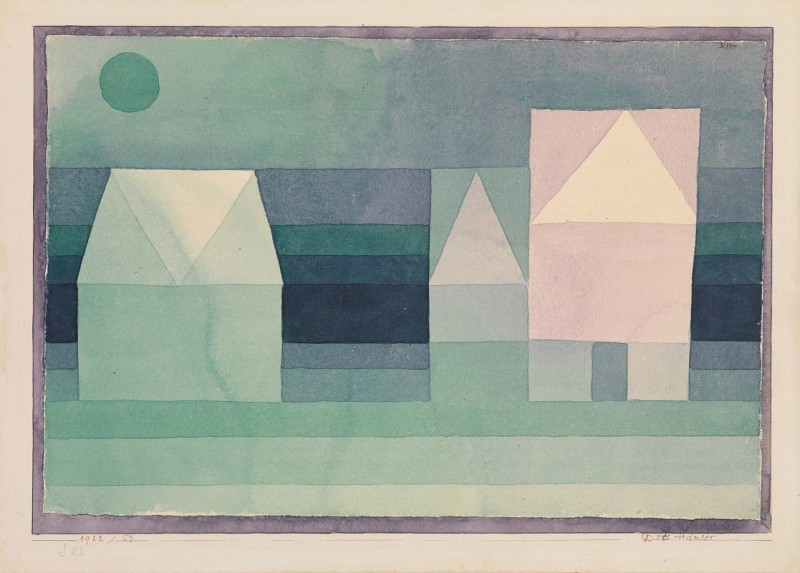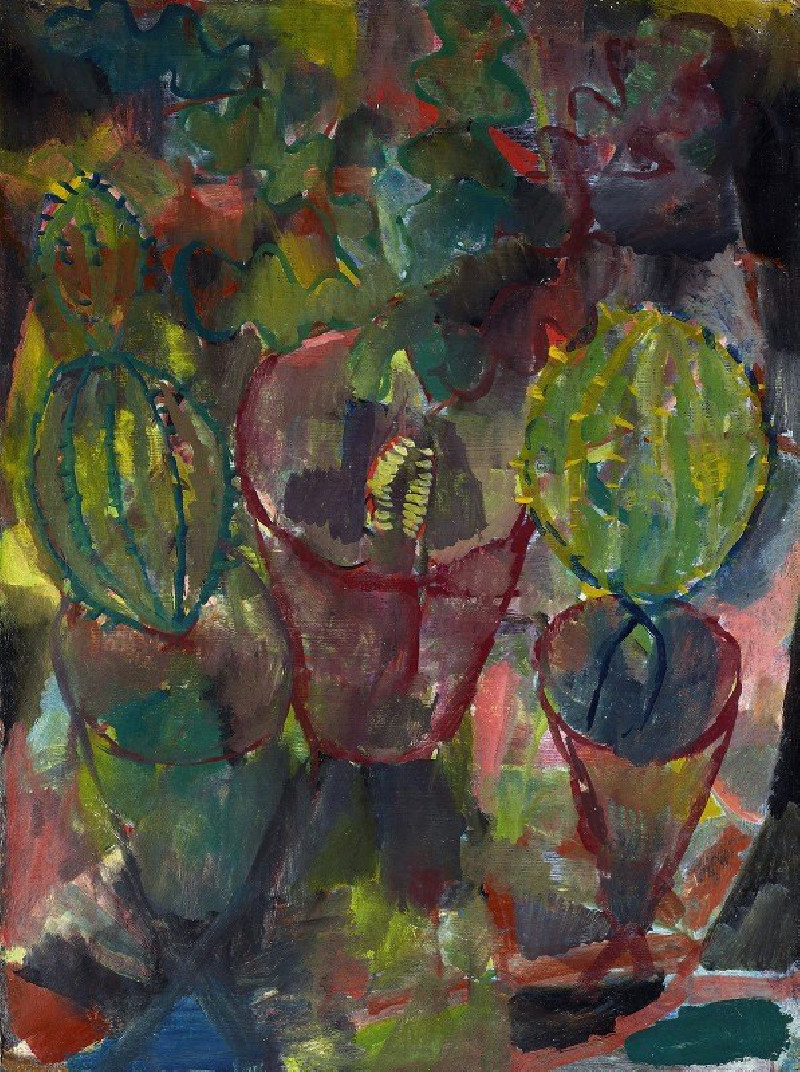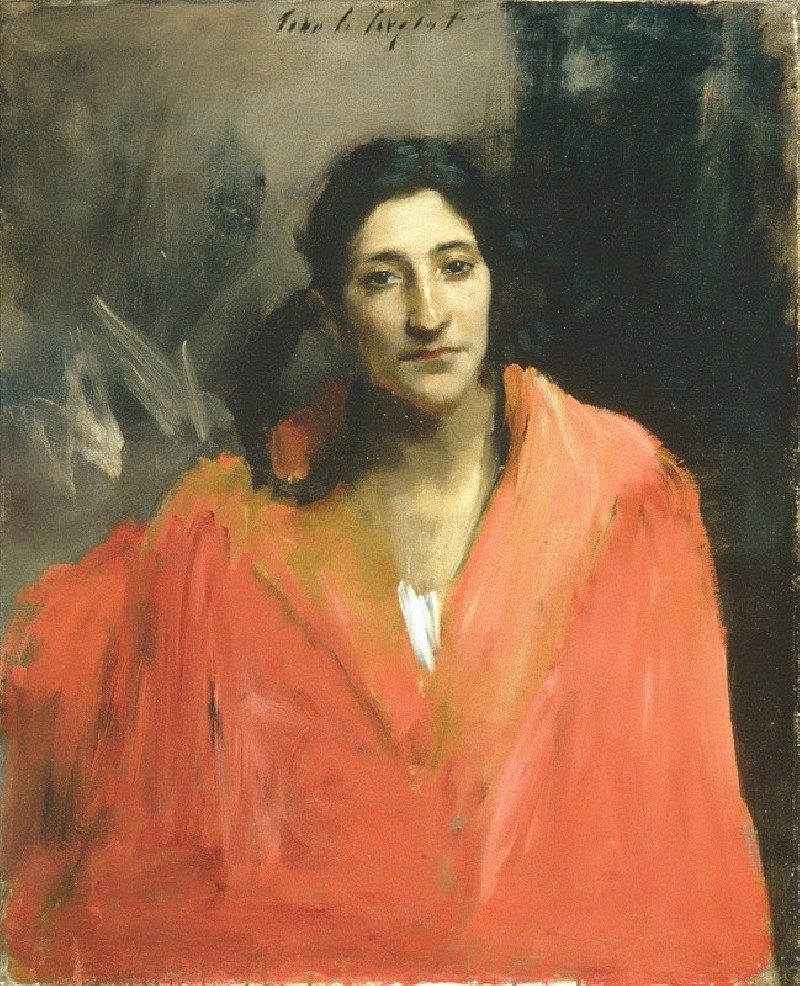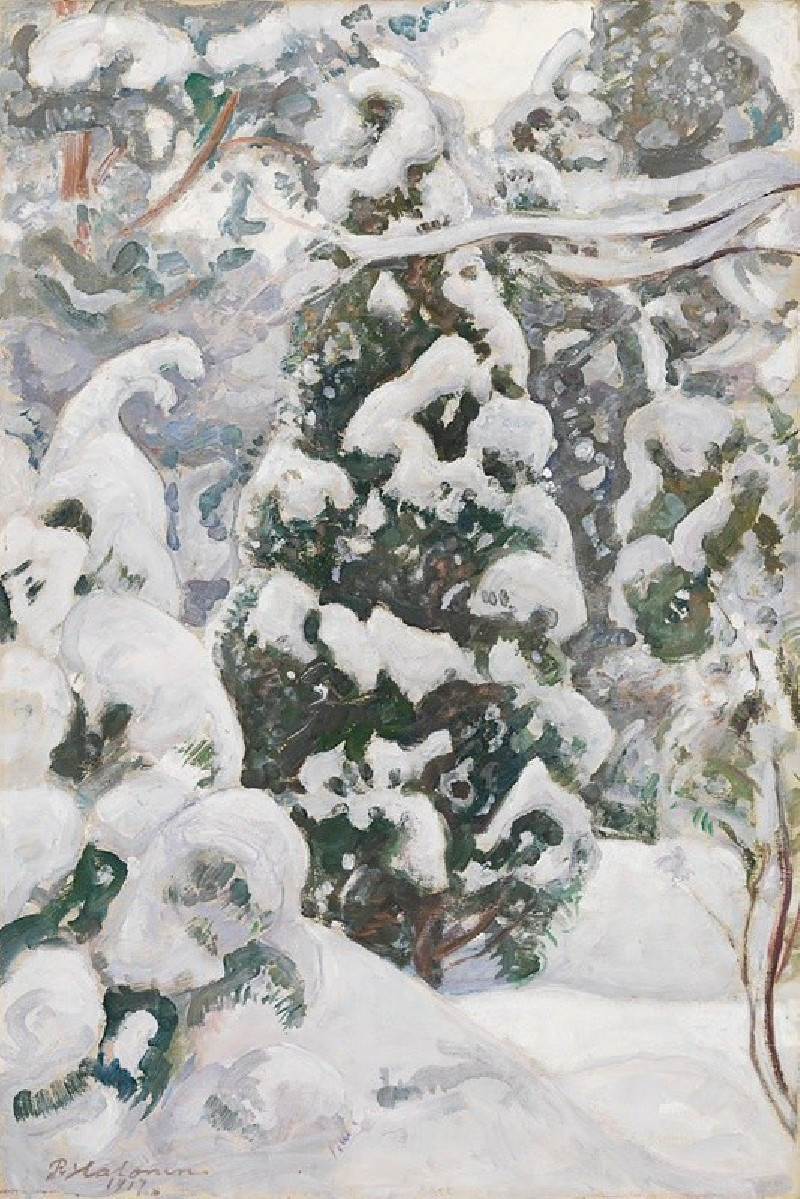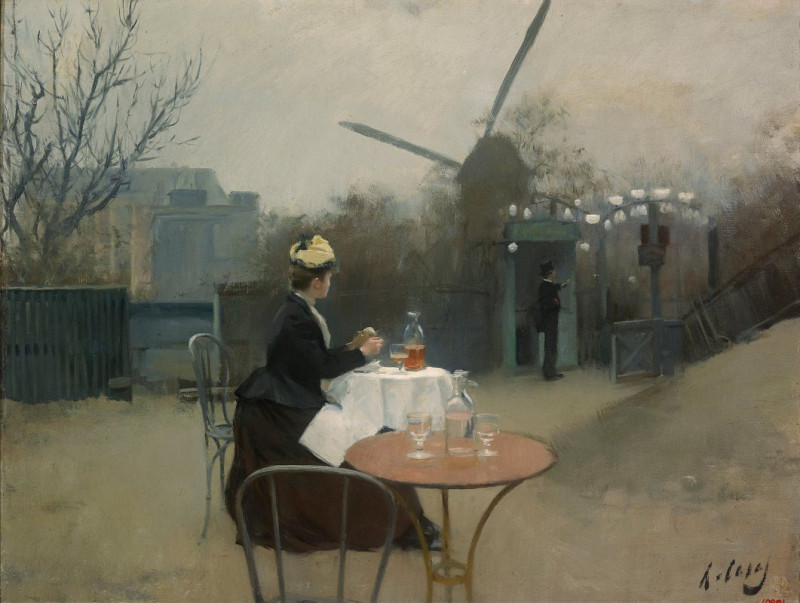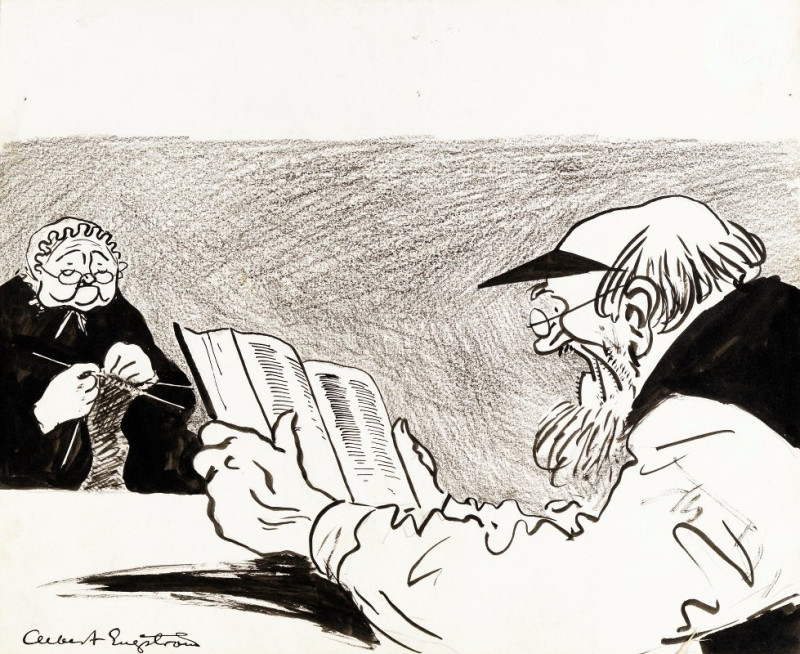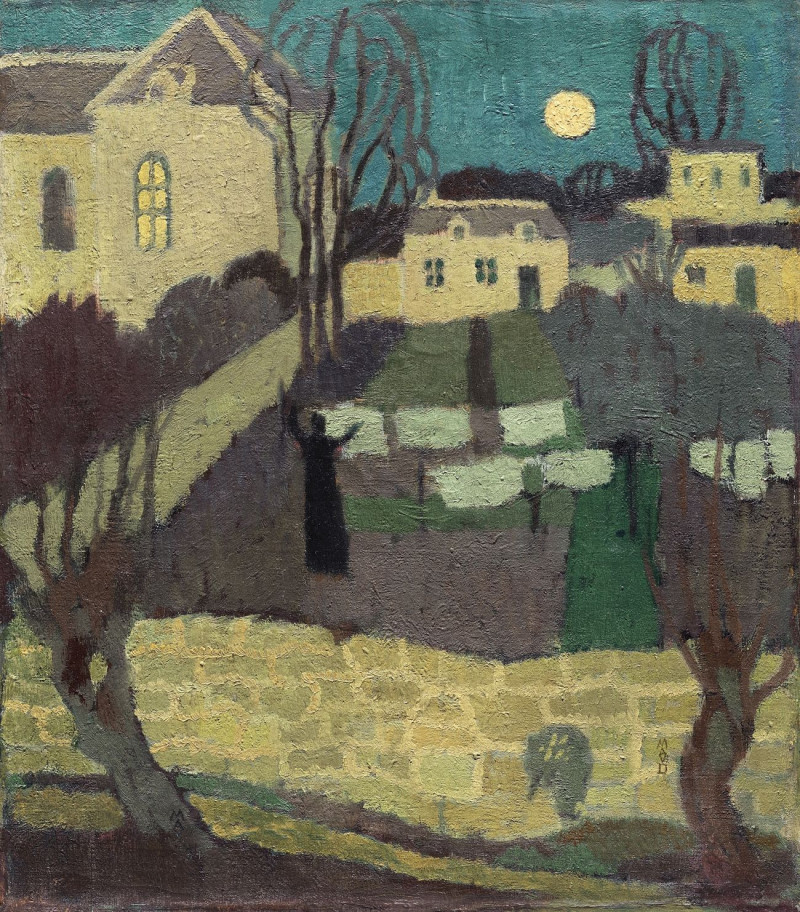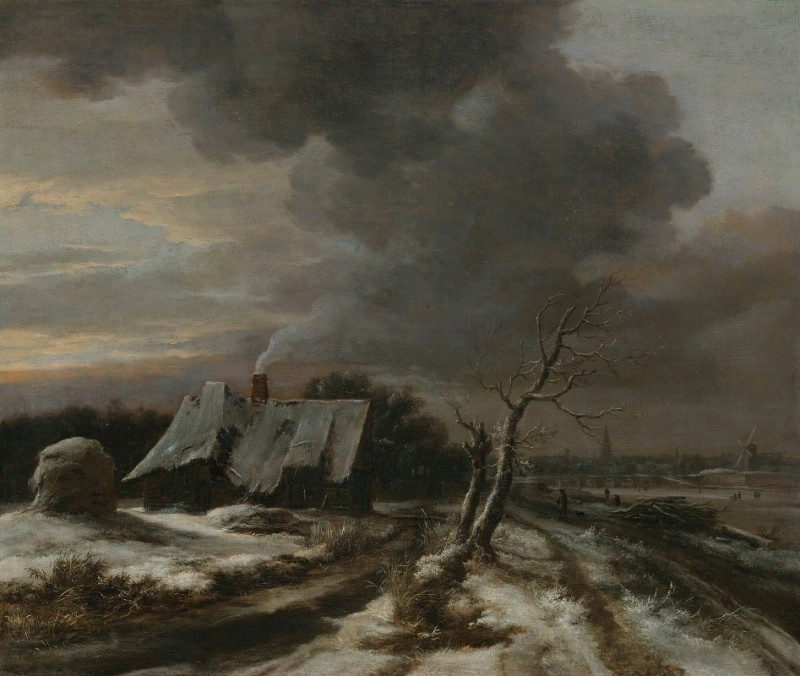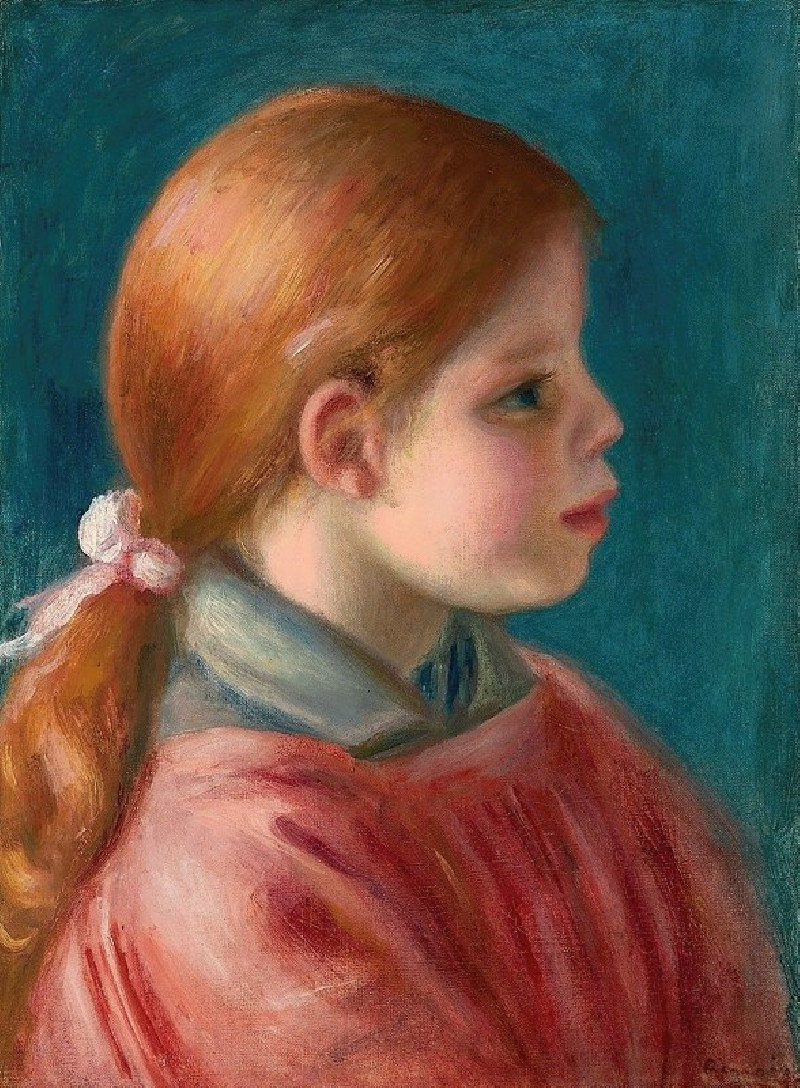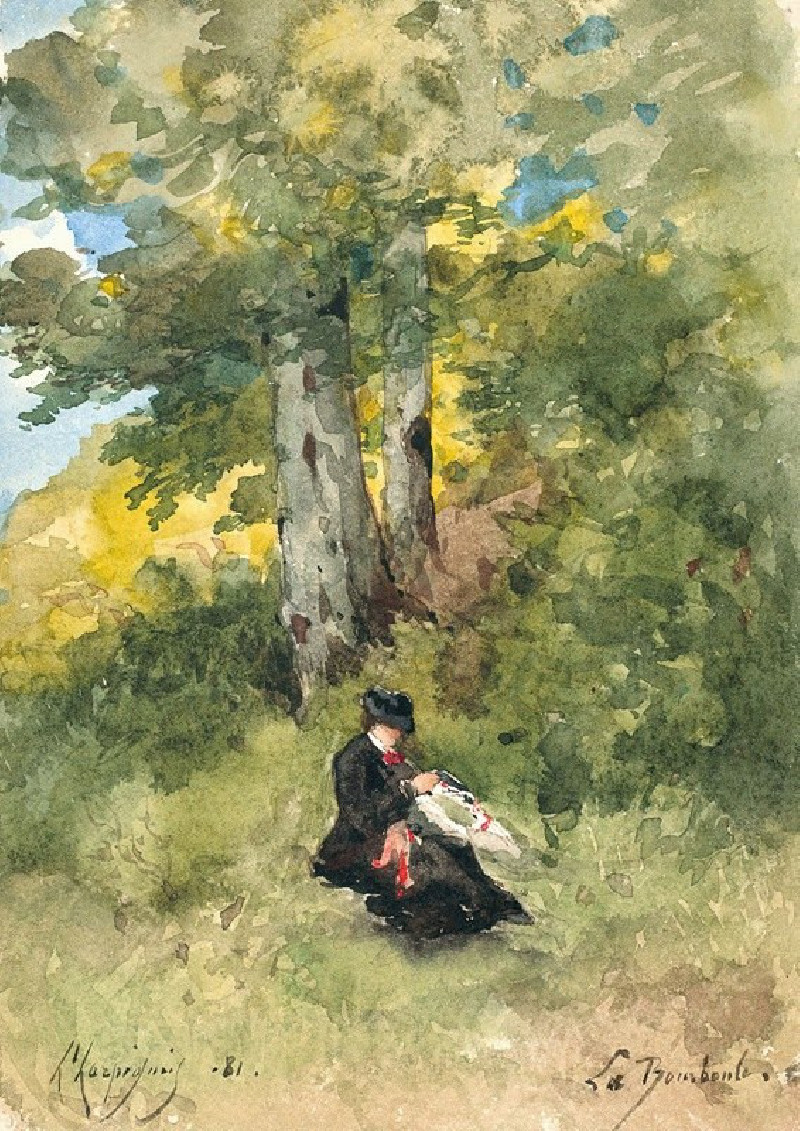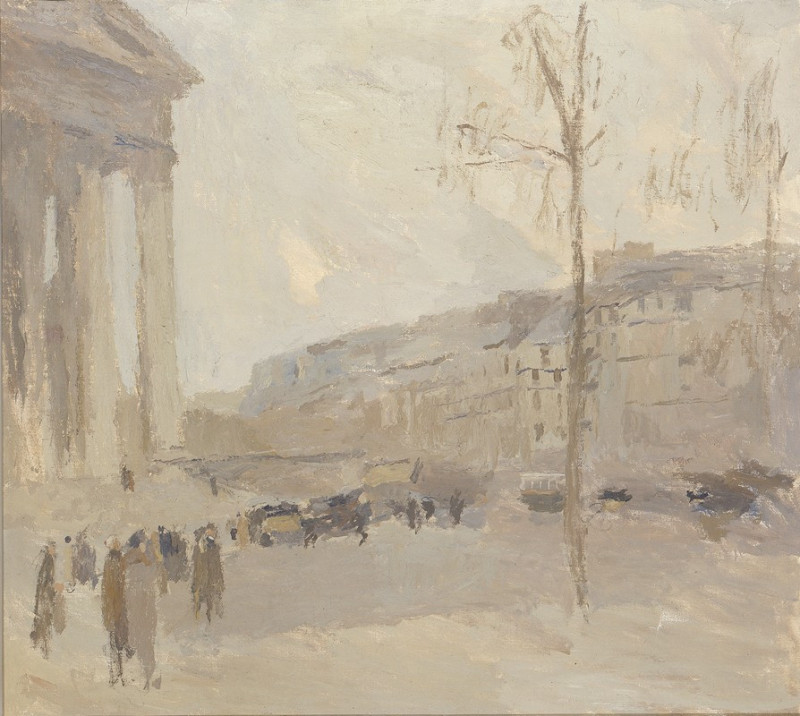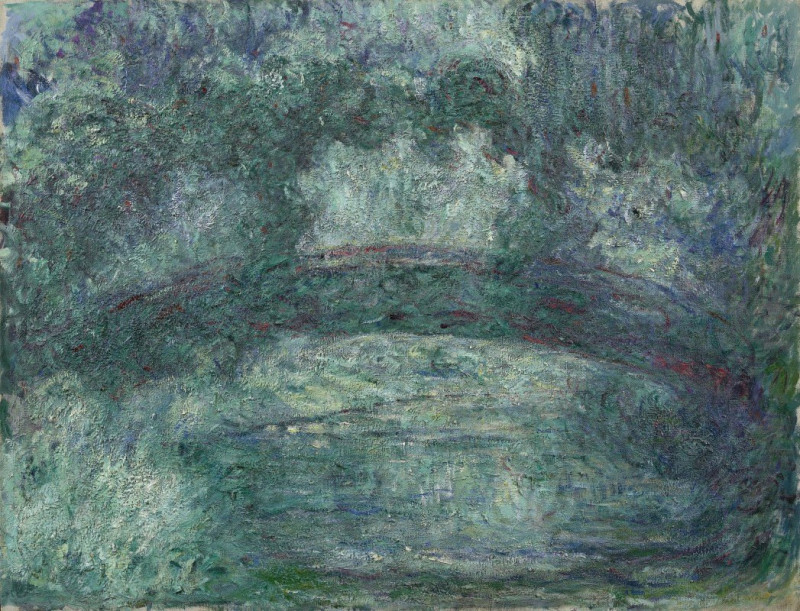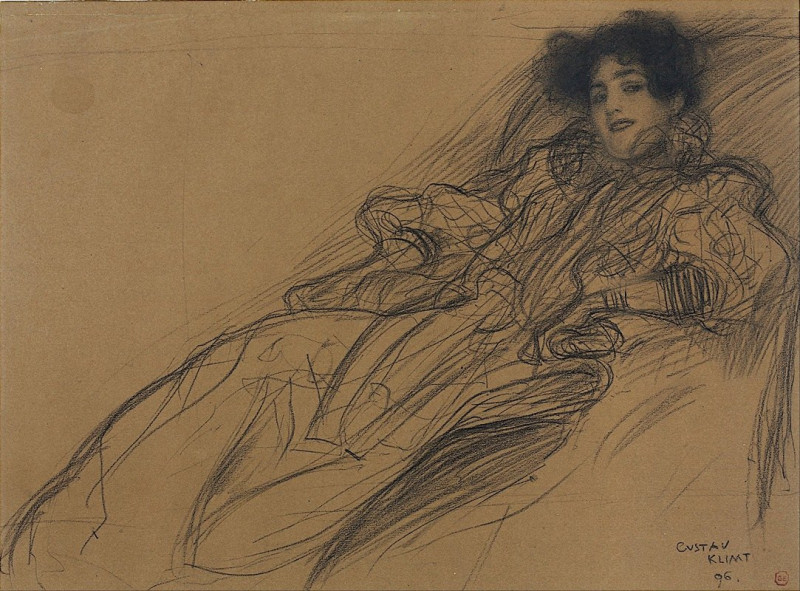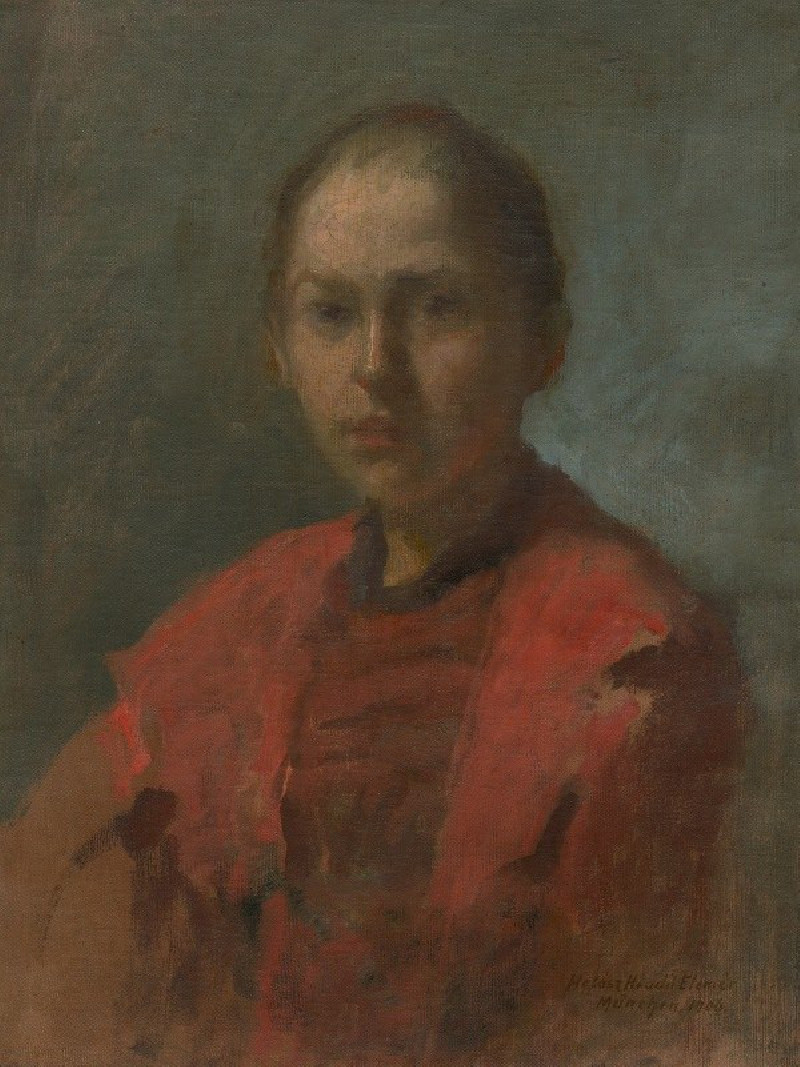Park (1920)
Technique: Giclée quality print
Recommended by our customers
More about this artwork
Paul Klee's painting titled "Park" from 1920 is a prime example of the artist's unique abstract style and his exquisite use of color and form to evoke feeling and environment. This artwork captures a park scene, not through detailed depiction, but rather through an arrangement of shapes and colors that suggest the essence of a park.In the piece, we see various abstract forms that can be interpreted as trees and foliage, arranged in a way that provides depth and contrast. Klee uses blocks of green in multiple shades that evoke the lushness and diversity of plant life. Darker areas might suggest shadows or denser foliage, contributing to the painting’s lively texture and sense of mystery.The abstract nature of Klee's work often leaves much to the interpretation of the viewer, inviting an imaginative exploration of the scene. "Park" is a fine example of how Klee's artwork does not simply represent a scene visually, but also engages with the atmospheres and emotional responses elicited by the setting.
Delivery
Returns
Paul Klee was a Swiss-born German artist. His highly individual style was influenced by movements in art that included expressionism, cubism, and surrealism. Klee was a natural draftsman who experimented with and eventually deeply explored color theory, writing about it extensively; his lectures Writings on Form and Design Theory (Schriften zur Form und Gestaltungslehre), published in English as the Paul Klee Notebooks, are held to be as important for modern art as Leonardo da Vinci's A Treatise on Painting for the Renaissance.

